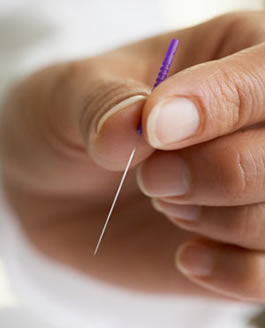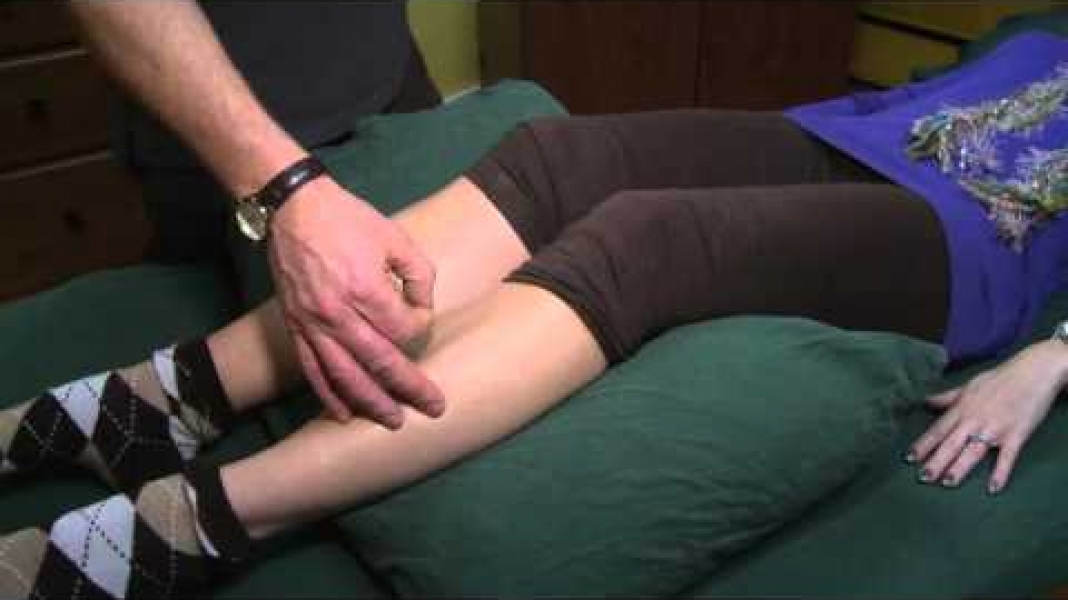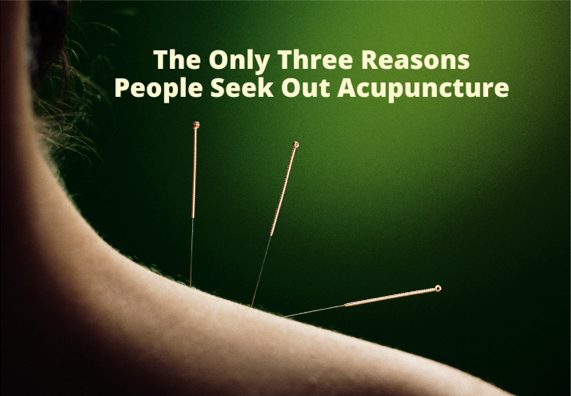
A medical research team from the Center for Translational Neuromedicine at Rochester, NY, published a very interesting article on the acupuncture mechanism in the highly acclaimed scientific journal NATURE (NATURE NEUROSCIENCE VOLUME 13 | NUMBER 7 | JULY 2010).
Here, Goldman’s team concludes, “Although acupuncture has been practiced for over 4,000 years, it has been difficult to establish its biological basis. Our findings indicate that adenosine is central to the mechanistic actions of acupuncture.” The adenosine concentration in the tissues around the needle increased ~24-fold during the 30-min acupuncture session.Their team demonstrated that the minor tissue damage associated with needle insertion released the neuromodular “adenosine” into the tissues to dampen the sensitivity of the pain receptors. Adenosine receptors are present in the local tissue and also in the spinal cord and brain. When these receptors are blocked with a special drug, acupuncture was shown not to be able to have its effect of pain reduction.
Adenosine is a fascinating compound, and there are other interesting connections with our daily existence. For instance, adenosine is present in the body everywhere: it is the basic currency of energy for all cells that allow movement and metabolism (as adenosine triphosphate or abbreviated as ATP, like our clinic name, Acupuncture Turning Point!), or as one of the four basic nitrogenous base building blocks in our genetic code in DNA (adenine). It is also a neuromodulator in the brain with many functions including pain modulation. It is one key in the sleep part of the circadian rhythm of sleep-wake cycle.
Interestingly, caffeine of coffee and tea, has its effects through adenosine receptors in the brain. Caffeine is structurally very similar to adenosine, so it fits into the body’s adenosine receptors; but unlike adenosine, caffeine blocks and does not activate these receptors. This means that the normal “sleep” signal sent by adenosine in the brain is blocked by caffeine — so it acts as an indirect stimulant. In time, with enough caffeine exposure, the body makes more and more adensosine signals and adenosine receptors because it cannot “hear” the adenosine signal adequately. More caffeine is needed to have the original stimulant effect, and then if one “withdraws” from caffeine,the brain’s excess adenosine receptors make for an overwhelming fatigue until the brain can reorganize itself over the next week or so.
The NATURE article authors also state that, similar to electroacupuncture and transcutaneous electrical nerve stimulation (TENS), deep brain electrical stimulation (used to treat depression that has not responded to other treatments) delivers electrical stimulation that triggers an increase in extracellular adenosine concentration. Acupuncture has been shown to have general effects by lowering the body’s flight or fight response (sympathetic nervous system), through endorphin release (natural morphine), and neurotransmitters like dopamine. It will be interesting to see how future research exposes the mystery of adenosine’s role in these other mechanisms of acupuncture.




